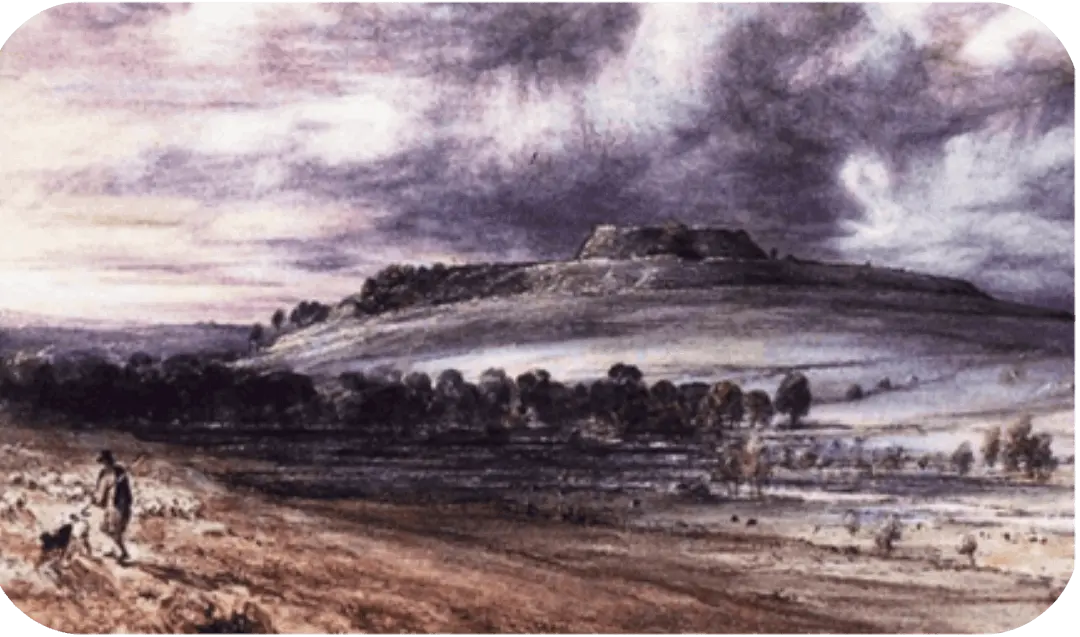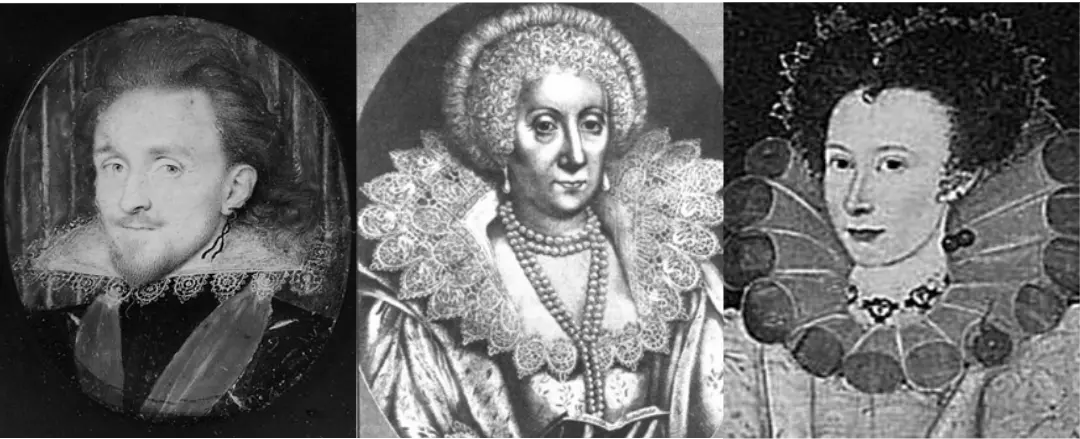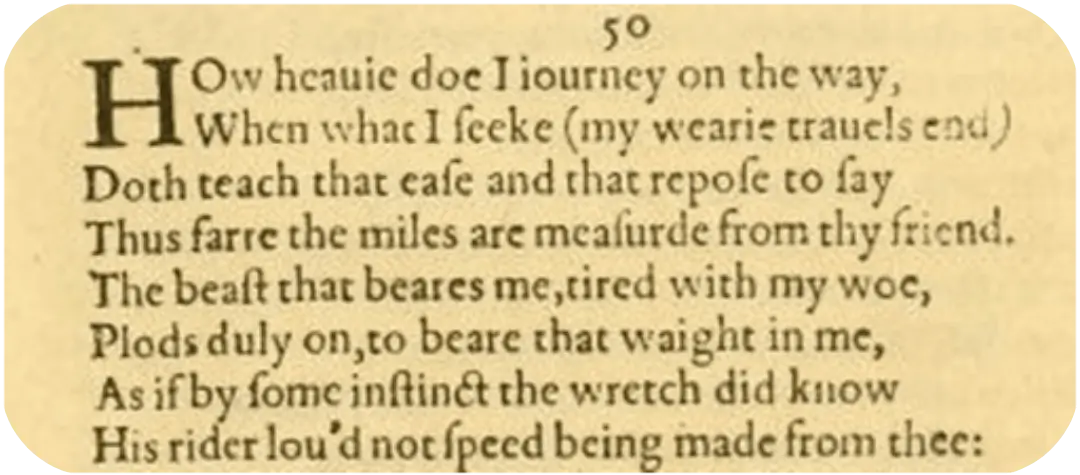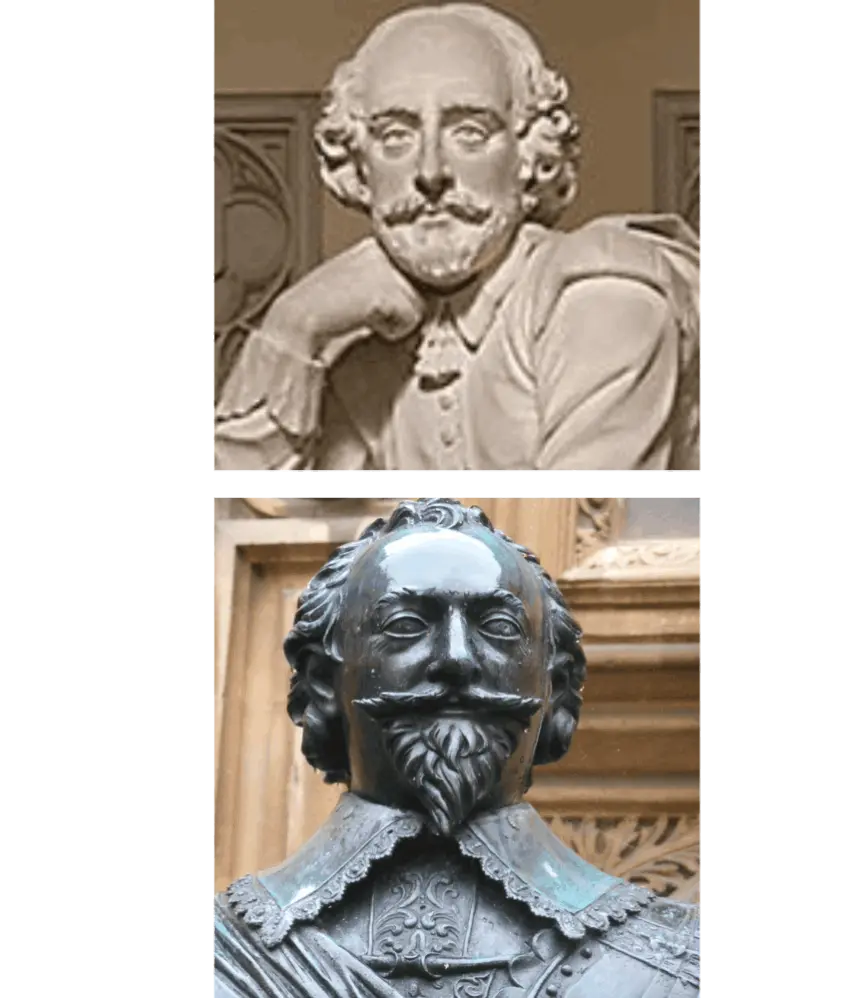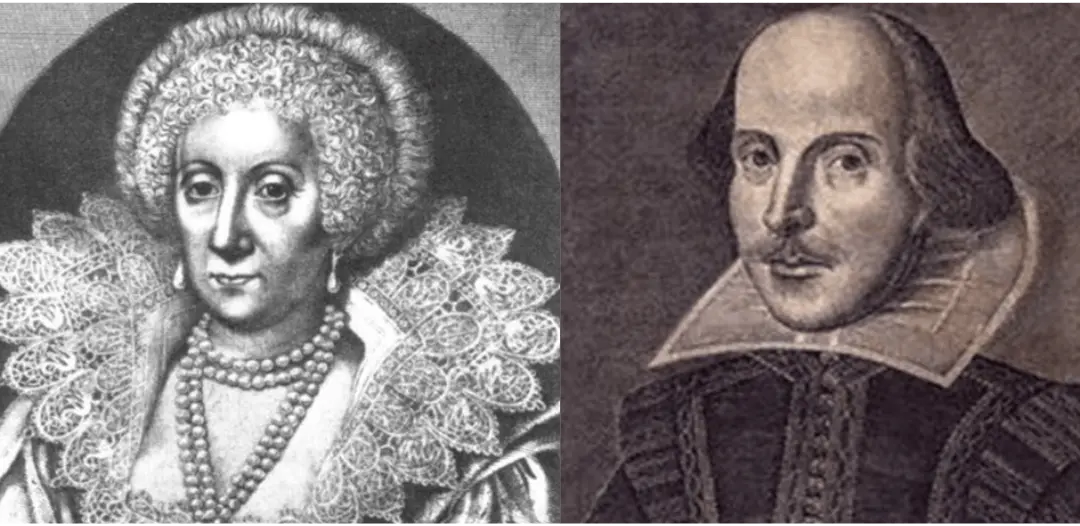Shakespeare, the authorship question; solved.
I am Mary Fitton, well that’s my alias, I could be Shakespeare! Over twenty years ago in a lightbulb moment I realised that the line in Shake-speare Sonnet 18, Rough winds do shake the Darling buds of May, referred to someone called May or Mary; her buds – slang for teats. Twenty years’ research later I answer the question that has puzzled so many; who wrote the Shakespeare plays and poetry? It wasn’t Shaxper; there is another Stratford on another Avon.
I present the answer in four documents and a spoiler.
The Spoiler: facts which in a nutshell answer who or what was Shakespeare.
The Wight in Me: The title, from Sonnet 50; the author is pregnant and therefore a woman. A distillation of the file Shakespeare
Shakespeare: The context of the Shakespeare Works, from 1560 to the present day.
The Darling Buds of Maie: The Sonnets of two lovers masked behind the Shake-Speare pseudonym.
Delusion: Why vesting Genius in Shaxper is delusional.
